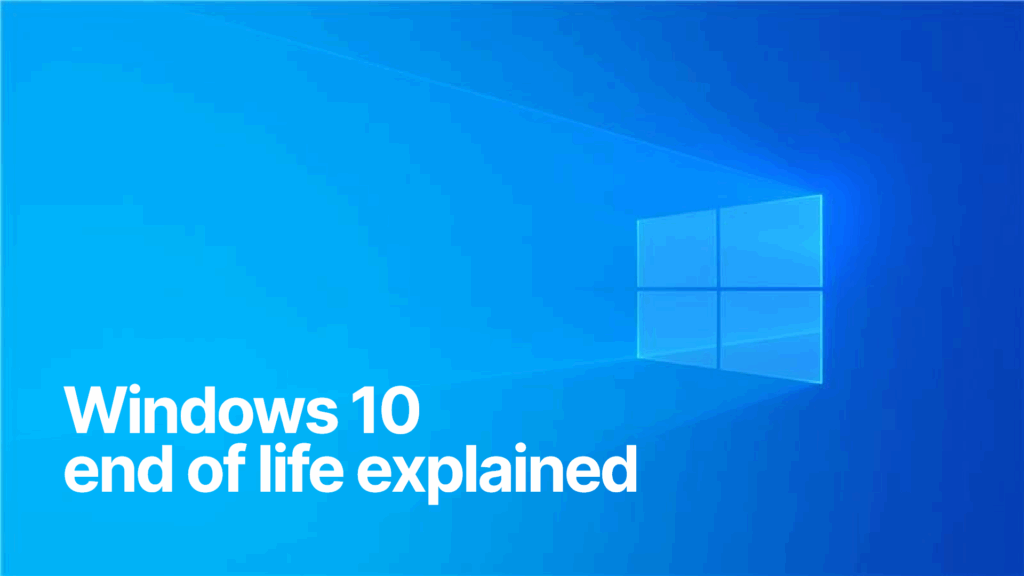With Microsoft set to end support for Windows 10 on 14 October 2025, businesses across the UK are facing a pressing challenge: migrate to Windows 11 or risk falling behind – or worse, leaving vital systems exposed to security threats.
At Shoothill, we work with organisations of all sizes to build and support modern digital solutions. Already, we’re seeing concern among clients about whether their systems are ready. The most common questions? “Is our hardware compatible?” and “Will our software still work?”
The reality is, it’s not always a straightforward upgrade.
Compatibility isn’t guaranteed
One of the biggest sticking points is hardware compatibility. Windows 11 has introduced much stricter system requirements than previous operating systems. Many machines – even some purchased within the last five years – lack the necessary TPM 2.0 security chip or supported processors.
For businesses running dozens or even hundreds of Windows 10 devices, the prospect of replacing them all before the 2025 deadline is daunting, both logistically and financially.
Older software, new headaches
Then there’s the software question. At Shoothill, we’ve helped many clients develop bespoke systems that integrate seamlessly with their day-to-day operations. However, some of these systems were built with Windows 10 – or even earlier versions – in mind.
Unless thoroughly tested and updated, legacy software may behave unpredictably or stop working altogether under Windows 11. This is especially true for specialist business tools, which may not have received compatibility updates from their original developers.
The hidden costs of migration
Upgrading isn’t just about buying new hardware. There are the hidden costs: staff downtime, IT support, training, reconfiguring internal systems, and, often, the need to accelerate cloud migration plans.
For many small to medium-sized businesses – and even large public sector bodies – these costs can feel like a heavy burden, especially when Windows 10 still seems to be working perfectly well.
But that perceived short-term convenience comes with long-term risk.
The risk you can’t see
The most significant risk is often the least visible: security. After 14 October 2025, Windows 10 will no longer receive security updates, leaving systems increasingly vulnerable to malware, ransomware, and other cyber threats.
For organisations subject to data protection regulations such as GDPR, continuing to operate unsupported systems could result in compliance failures, reputational damage, or worse.
We’re also seeing growing pressure from insurers and auditors, who are beginning to treat outdated systems as unacceptable risk factors.
A practical approach with Shoothill
At Shoothill, we’re encouraging our clients to begin planning now. Whether you’re running bespoke software, legacy applications, or a mix of devices, we can help you audit your systems, assess risks, and map out a practical path forward.
Our team can support with:
- Updating or modernising legacy software
- Evaluating and preparing for Windows 11 compatibility
- Designing cloud-native, future-ready systems
- Reducing disruption during migration
The end of Windows 10 may still be over a year away, but preparation is key. Early planning means fewer surprises, lower costs, and a smoother transition, allowing your organisation to continue operating securely and efficiently.
If you’re unsure where to begin, Shoothill is here to help.
📩 Get in touch to book a consultation or audit:
☎️ 01743 636300 📧[email protected]
🌐 Visit us atwww.shoothill.com
